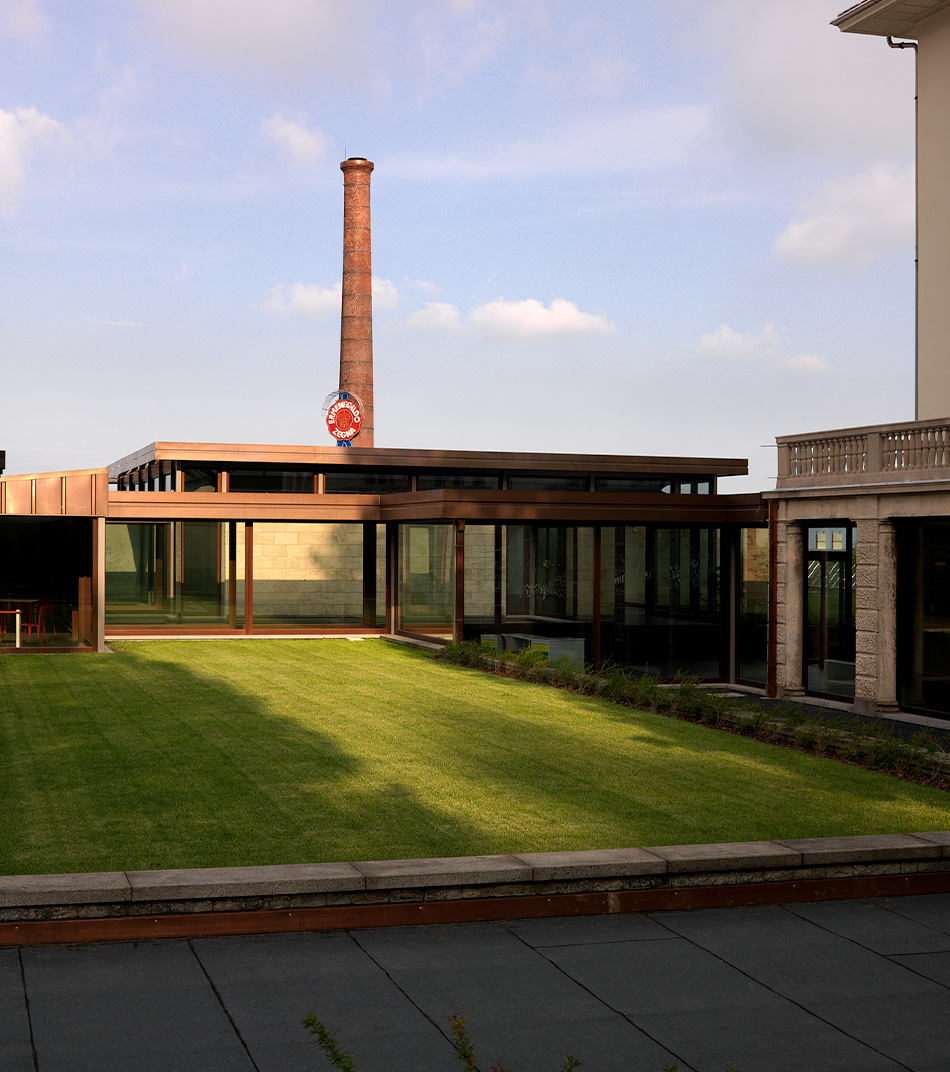On the 50th anniversary of TOP, we interviewed Danilo Craveia, technical consultant to the Zegna Archives, to understand the impact of the magazine, its functions and the value it can represent for us today.
TOP was a new publication for the Zegna Wool Mill. How was it introduced and how did it fit with the communication of the time?
Top was a magazine that was introduced… without introductions. It appeared as if obvious, indeed consolidated, traditional. Not as a new development but the picking up of threads of a conversation already begun. In the first issue, which came out in Autumn 1966, there were no declarations of intent, launch editorials or proclamations of any sort. It immediately comes to the point, facts at hand, in short it’s got “something to say”. Such a bright and in-your-face approach was based on three primary elements that Lanificio Ermenegildo Zegna was to mix for the first time: recognized qualitative excellence in textile production, the need to distance itself from the previous experience of “Arbiter” and “Petronio” (though the latter was to continue for a while) and the desire to manage a method and means of communication autonomously.
What did the 1st issue look like?
Top was a sober and technical publication. Art direction was by Franco Grignani (1908-1999), a leading architect and designer at the time. His geometrical designs were the foil for images by Roberto Zabban (1928-2014), one of the most important industrial and fashion photographers in the 2nd half of the 20th century in Italy. Black&white and color photos were used for both news reporting (see the 12th Congress of Tailors in Vienna – an internationally important event) and the shooting of the fabrics for Zegna’s Spring 1967 collection. It was printed by Dario Marani’s Alfieri & Lacroix, a famous Milan zinc-lithographic printer (the best in town) set up at the end of the 19th century, with which Grignani often worked. Top was ideally equipped to make a splash to accompany Zegna in the first major transformation in its history.
Top was launched at a time of strong internationalization for Zegna. Did the 1st issue reflect this in any way?
On its very first issue, Top was already talking with an authoritative and mature voice. It immediately came out in six languages: Italian, German, English, French, Spanish and (oddly) Danish. But the magazine was global in content too, because Zegna was opening up, expanding its horizons and adopting the cosmopolitan attitude of the company’s founder, monsù Gildo, who died around the time Top came out. The inside cover is a sort of manifesto: a terrestrial globe, half lit, half in shade, suspended over a white page with the title “First in the world”, referring to the Wool Mill’s capacity to buy 50% of Australia’s superfine wool production on its own. 20 words to link up the antipodes: Trivero and Australia. The six articles in its 56 pages take the reader from Vienna (1,000 tailors from all over the world gathering for the 12th congress, in the Imperial Palace) to San Remo, from the Venetian Lagoon to the Alpine lakes and peaks of Val d’Aosta (environments chosen to contextualize the blue, brown and green fabrics that were to dress the man of class in 1967), and lastly Tasmania, on the farm of the McEwans, winners of the Zegna Trophy, the one made by Stephen Walker. A total vision, but not only in geographical terms. For the outset, Top knew it had to hold together all the parts of a complex chain: this is why Zegna fabric is midway between Australian raw material (whose intrinsic value and importance for the production of yarns and fabrics of excellence are always stressed) and the finest European and American tailoring.
1967 was the eve of an important evolution for Zegna, the production of clothing. How did Top contribute to this process? And the relationship with tailors?
Top had a dual strategic purpose. Zegna had already opened sales offices in many countries and global expansion was natural for it. Aldo and Angelo Zegna, Ermenegildo’s sons and heirs, decided to expand and diversify. Zegna was embarking on the adventure of clothing production. Top was the ideal means to document and highlight the new development and, above all, defend a relationship that was threatening to collapse, business with tailors. Clothing production could have led tailors to turn their backs on their best supplier, but the process was managed well, transparently and smoothly. The two businesses could coexist: Zegna managed to do without wholesalers in fact because they built profitable direct relationships with tailors. Top 1967, glossing elegantly over the imminent industrialization of clothing manufacture, celebrated the in any case rock-solid partnership between quality looms and talented scissors. This also explains the tribute paid to the world’s leading tailors: tailors became models for their own creations. Zabban immortalizes them out and about in Vienna or in its exclusive hotels. The most effective advertising for the tailors and for Zegna. Here too, the panorama is as wide as possible, from Rome to Osaka, from Paris to New York, and so on.
Looking at Top today, with hindsight, what values can we see?
Top is still useful archive materials and a source of great curiosity. The 1st issue is an initial deposit of information and iconography, as well as documenting the tastes and mindset of the period. It also shows how Zegna operated: high level communication for high level products, never banal, never over the top, no preconceptions. The 2nd issue addressed men of course, but also women…


